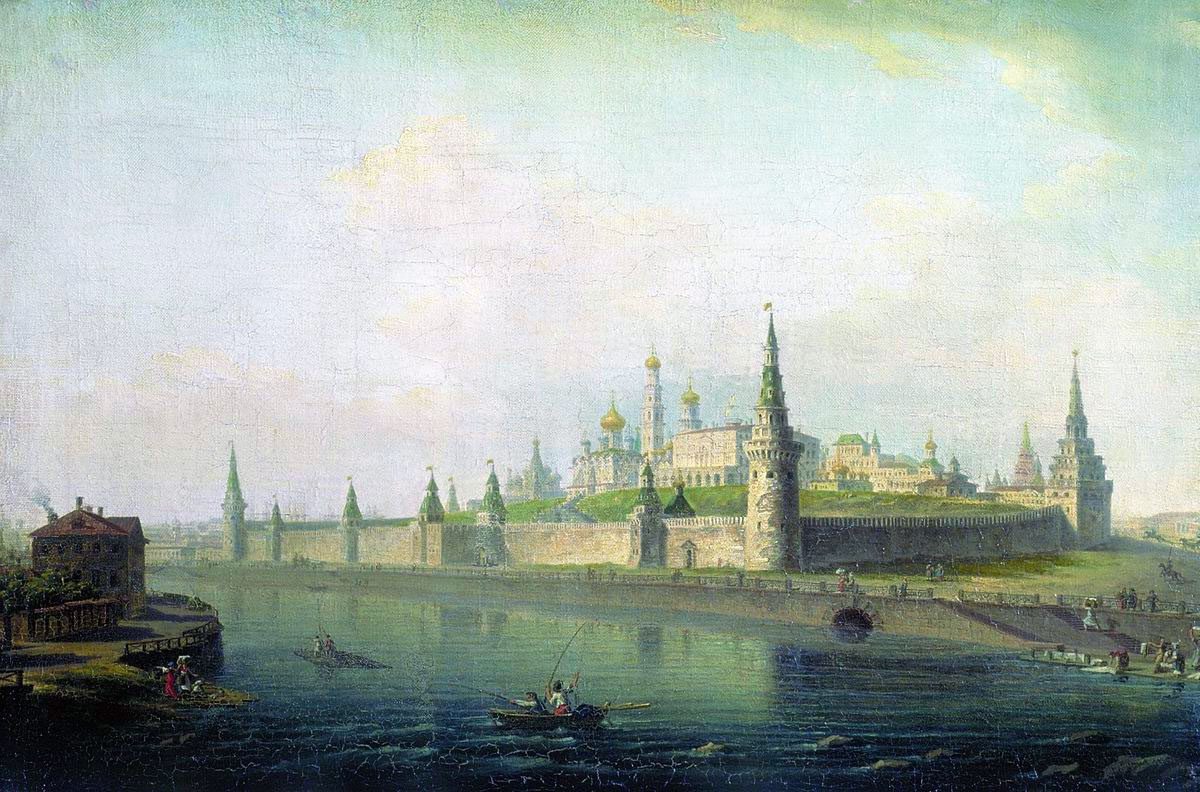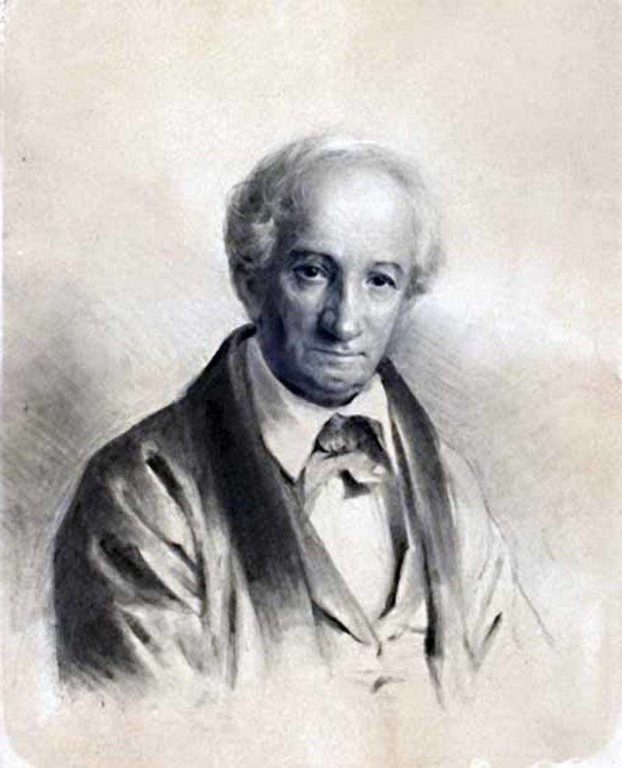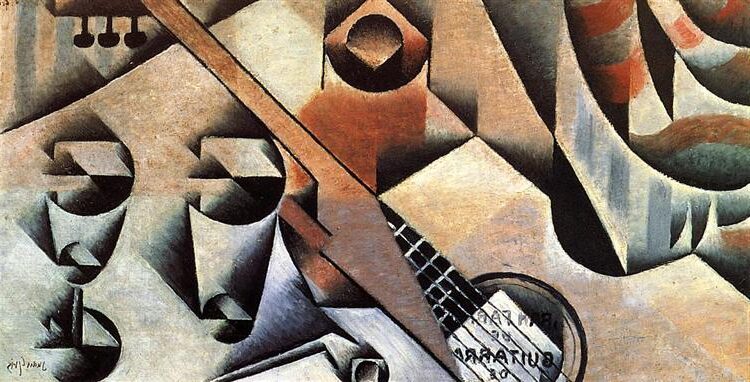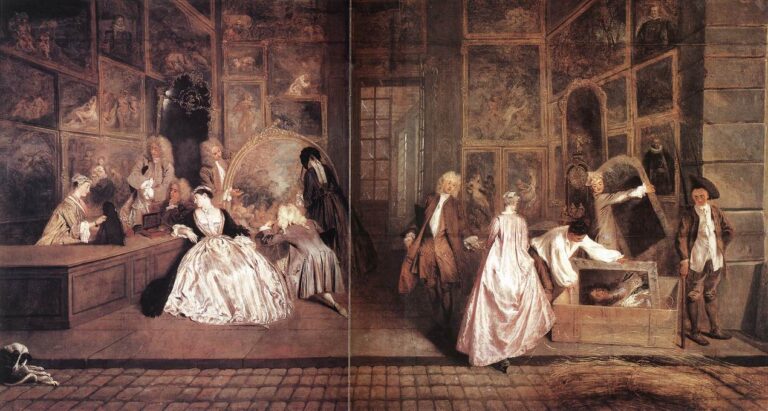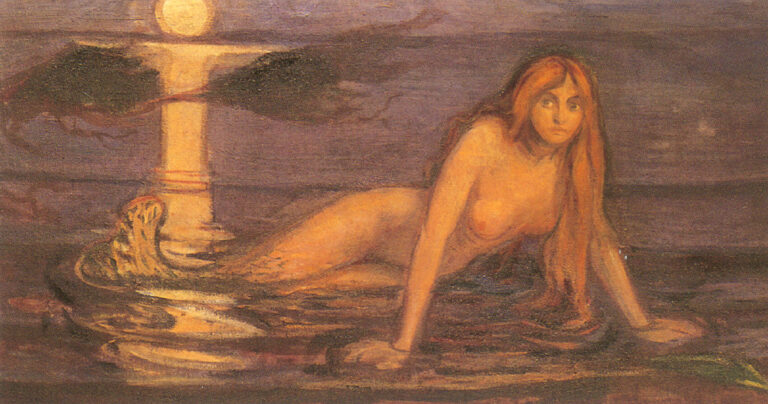Maxim Vorobiev: Russian Landscape Painter of the 19th Century
Born: August 17, 1787, Pskov, Russia
Death: August 30, 1855, Saint Petersburg, Russia
Nationality: Russian
Influenced by: Fyodor Alekseyev and Jean-François Thomas de Thomon
Institution: Imperial Academy of Arts, St. Petersburg
Maxim Vorobiev: Russian Landscape Painter of the 19th Century
Biography of Maxim Vorobiev
Maxim Nikiforovich Vorobiev was a talented Russian landscape painter who lived from 1787 to 1855. His life and work were marked by artistic achievement, travel, and personal struggles.
Early Life and Education
Maxim Vorobiev was born on August 17, 1787, in Pskov, Russia. His father was a retired soldier who worked as a custodian at the Imperial Academy of Arts in St. Petersburg. At age ten, Vorobiev enrolled in the Academy’s elementary classes.
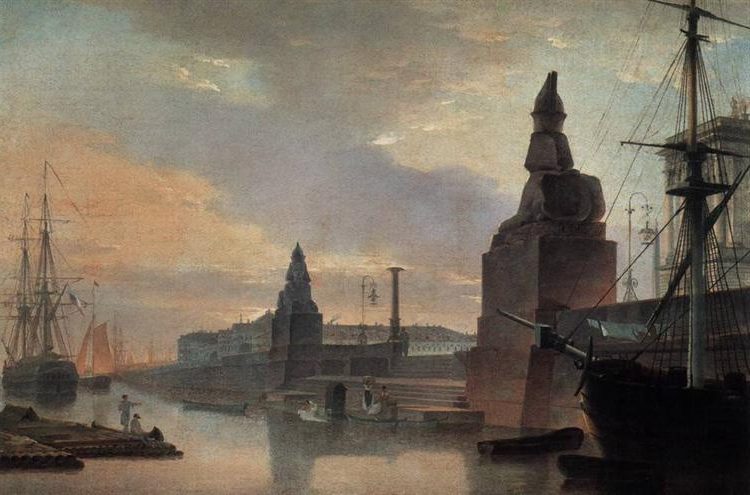
Sphinxes Lining a Quay in Front of St. Petersburg Academy of Arts (1835)
He showed great promise in drawing and perspective.
Vorobiev studied landscape painting under Fyodor Alekseyev and architecture with Jean-François Thomas de Thomon. These early influences shaped his artistic style and technique. His talent and hard work earned him recognition at the Academy.
Career and Artistic Development
In 1809, Vorobiev joined an expedition to explore historic areas of Central Russia. This trip inspired many of his early landscape paintings.
He gained fame for his skillful depictions of Russian scenery and architecture.
Vorobiev’s career took off in the 1820s. He became a teacher at the Academy of Arts and received commissions from the Russian royal family.
In 1820, he traveled to the Middle East as part of a diplomatic mission. This journey greatly influenced his work, leading to paintings of Christian sites and exotic landscapes.
Later Years and Legacy
Vorobiev’s later life was marked by both success and personal struggles. He continued teaching at the Academy and mentored many young artists.

Odessa (1832) by Maxim Vorobiev
Tsar Nicholas I admired his work and commissioned several paintings.
Despite his professional achievements, Vorobiev battled chronic depression and alcoholism. These issues affected his work and relationships. He died on September 11, 1855, in St. Petersburg.
Vorobiev left a lasting impact on Russian art. His landscapes captured the beauty of Russia and far-off lands. He influenced a generation of painters and helped establish landscape painting as a respected genre in Russian art.
Artistic Themes and Techniques
Maxim Vorobiev was known for his mastery of landscape painting, watercolor works, and cityscapes. His art showed a deep understanding of nature and urban environments, which he captured with skill and emotion.
Landscape Painting Mastery
Vorobiev excelled in landscape painting. He created stunning views of nature, often focusing on Russian scenery. His paintings showed the beauty of forests, rivers, and mountains.
Vorobiev’s work “View of Jerusalem” is a prime example of his talent. This painting captures the city’s unique landscape and architecture.
He also painted the Dead Sea, showing his range in depicting different environments.
The artist’s use of light and color was remarkable. He could paint sunsets, stormy skies, and calm waters with equal skill. His piece “Sunrise Over the Neva” shows his ability to capture the play of light on water.
Watercolor Works and Cityscapes
Vorobiev was also skilled in watercolor painting. He often used this medium for quick sketches and studies. His watercolors were light and airy, capturing the essence of a scene with a few strokes.

Oriental Landscape (1821) by Maxim Vorobiev
The artist created many cityscapes, showing his interest in urban environments. He painted views of St. Petersburg, Moscow, and other cities. These works captured the architecture and mood of each place.
Vorobiev’s cityscape paintings can be found in major museums. The Tretyakov Gallery and the Hermitage both have examples of his urban scenes. These works show his talent for depicting buildings and city life.
Influence and Pedagogical Contributions
Vorobiev had a big impact on Russian art. He taught many students and helped shape the next generation of landscape painters.
His teaching style focused on observation and accurate depiction of nature.
The artist’s travels to Italy, Germany, and France influenced his work. He brought back new techniques and subjects from these trips. This helped broaden the scope of Russian landscape painting.
Vorobiev’s sketches and studies were important teaching tools. He used these to show students how to capture a scene quickly. Many of these sketches are now valued artworks in their own right.
Notable Works and Exhibitions
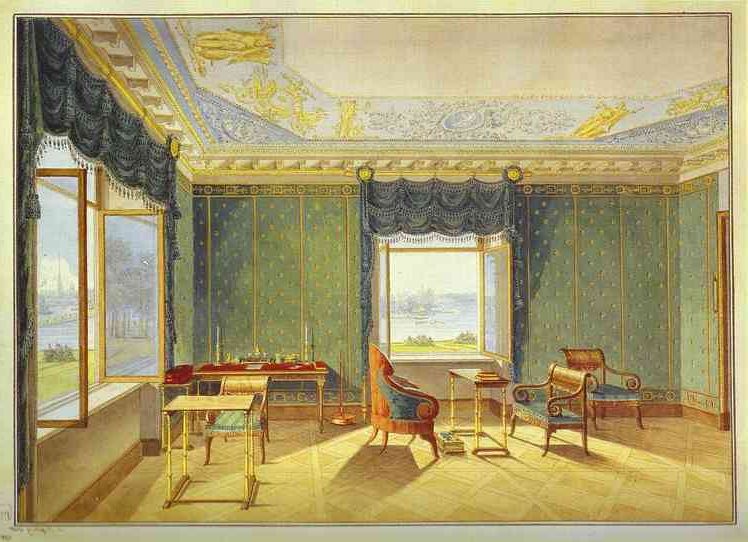
View from Window (1821) by Maxim Vorobiev
Maxim Vorobiev created many famous paintings of Russian landscapes and Middle Eastern scenes. He also made important historical works depicting military events.
Exploration of the Middle East
Vorobiev traveled to the Middle East in the 1820s. He painted views of Jerusalem, Jaffa, and Smyrna during this trip. His “Oriental Landscape” from 1821 shows his skill at capturing exotic scenes.
The artist also made paintings of Istanbul. These works helped introduce Russians to Middle Eastern culture and landscapes. Vorobiev’s Middle Eastern paintings were popular with art buyers in Russia.
Russian Landscapes and Historical Painting
Vorobiev painted many views of Russian cities and nature. His 1810 “View from Yauza of Kremlin in Moscow” is a famous early work. He also made paintings of Saint Petersburg and Pskov.

View of the Military Telegraph near Varna (1829)
The artist created historical paintings of military events. His “Siege of Varna” depicts a battle from the Russo-Turkish War. Vorobiev also painted scenes of the “Military Theatre on the Danube” from this conflict.
In 1842, Vorobiev made an emotional painting called “Grief” after his wife died. This work showed a new personal side to his art. Vorobiev influenced later Russian painters like Alexey Bogolyubov through his teaching and art.
Frequently Asked Questions
Maxim Vorobiev was a key figure in Russian landscape painting during the early 19th century. His work and teaching had a major impact on the development of the genre in Russia.
Who was Maxim Vorobiev, and what is his significance in art history?
Maxim Nikiforovich Vorobiev was a Russian painter who lived from 1787 to 1855. He studied at the Imperial Academy of Arts in St. Petersburg. Vorobiev became an important landscape artist and teacher who helped shape Russian painting in the early 1800s.
What were the prominent themes and subjects in Maxim Vorobiev’s paintings?
Vorobiev painted many landscapes of Russia. He liked to paint nature scenes, views of cities, and historical places. Some of his works showed trees, rivers, and rural areas. He also painted famous buildings and landmarks in St. Petersburg.
How did Maxim Vorobiev contribute to the development of landscape painting?
Vorobiev taught landscape painting at the Imperial Academy of Arts. He trained many students who became famous artists. His teaching helped make landscape art more popular in Russia. Vorobiev’s own paintings showed new ways to paint nature scenes.
Can you name some of Maxim Vorobiev’s most acclaimed works?
One of Vorobiev’s famous paintings is “The Oak Fractured by Lightning.” This work shows a big oak tree split by lightning. It has a dark, dramatic feel. Vorobiev also painted many views of St. Petersburg and its buildings.
What role did Maxim Vorobiev play in the Russian art scene of his time?
Vorobiev was a teacher and leader in Russian art. He helped run the landscape painting department at the Academy. Many young artists learned from him. His work was well-known and respected in Russia during his lifetime.
How are Maxim Vorobiev’s techniques and styles distinguished from his contemporaries?
Vorobiev often used light and shadow in his paintings to create mood. He painted realistic scenes but added dramatic touches. His work mixed classic styles with new ideas about painting nature. Vorobiev’s paintings showed more feeling and drama than some other artists of his time.

